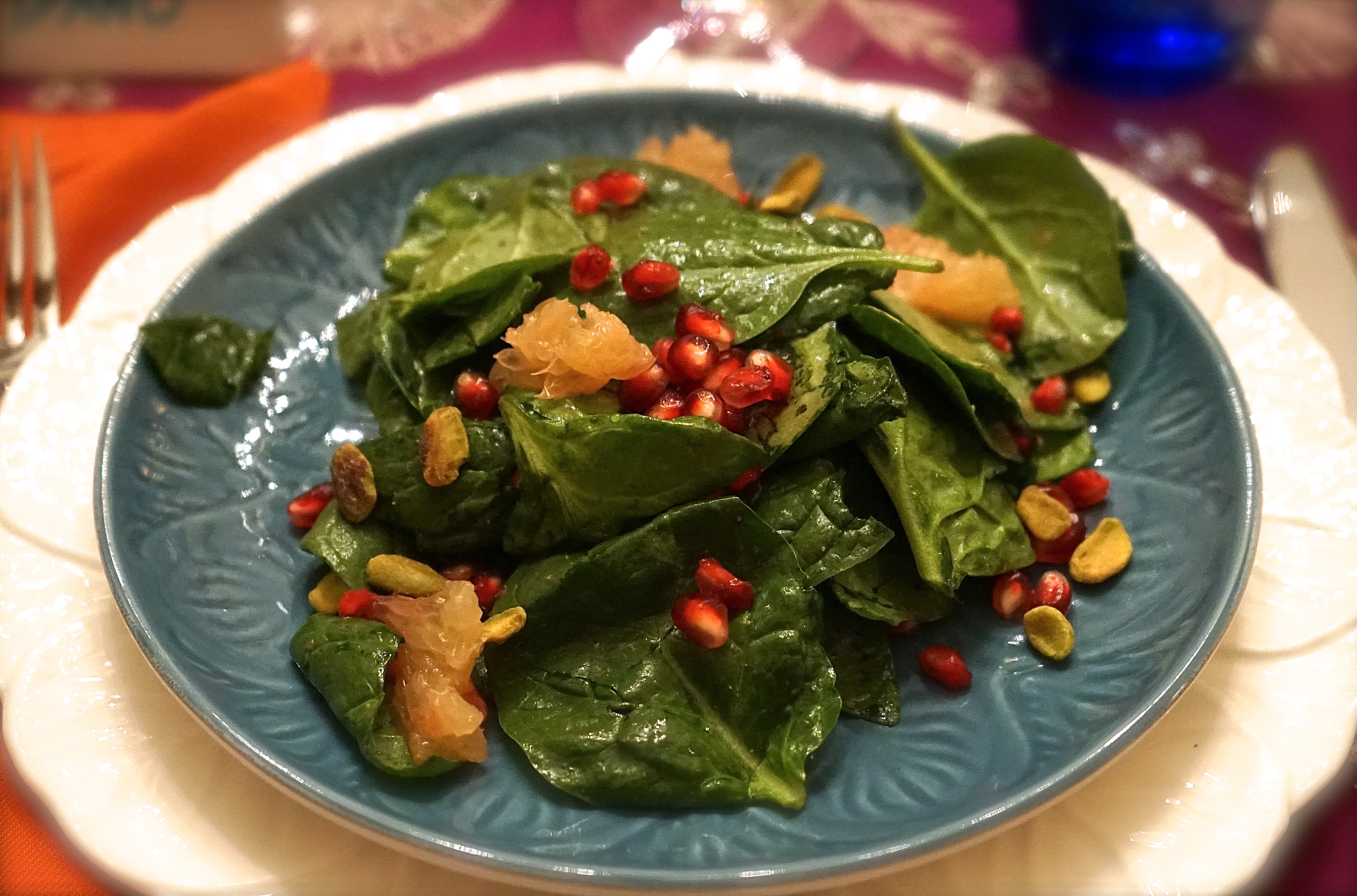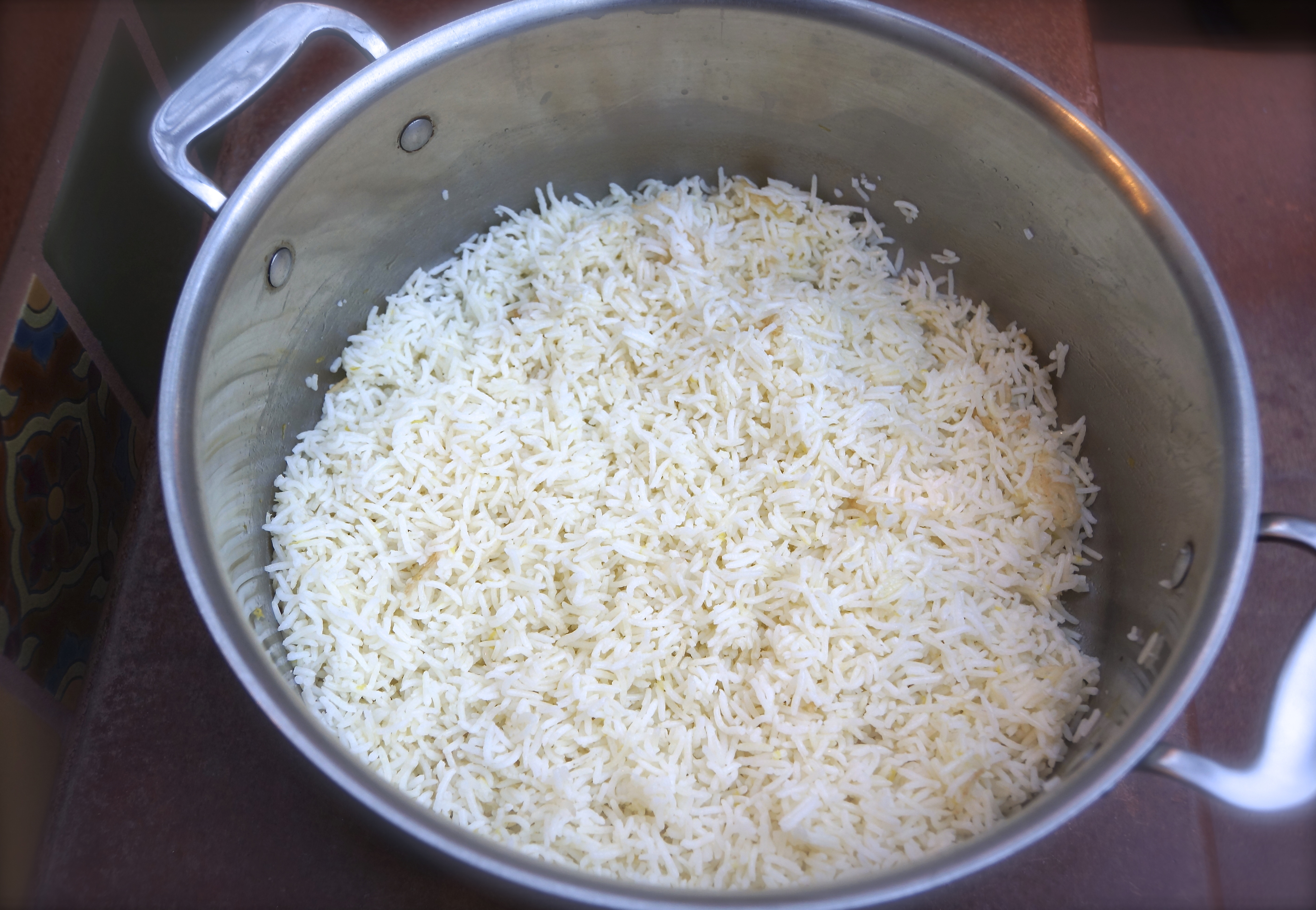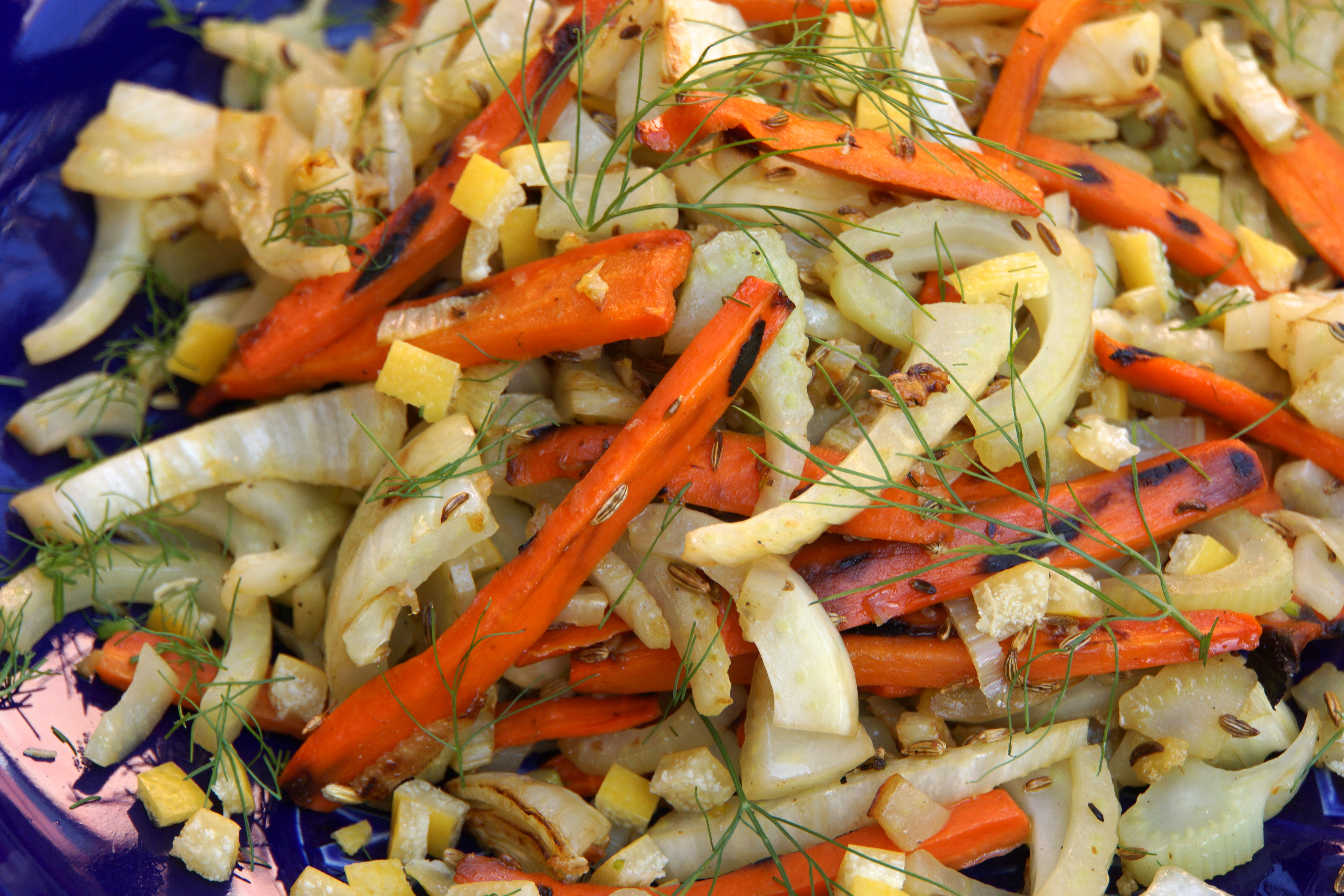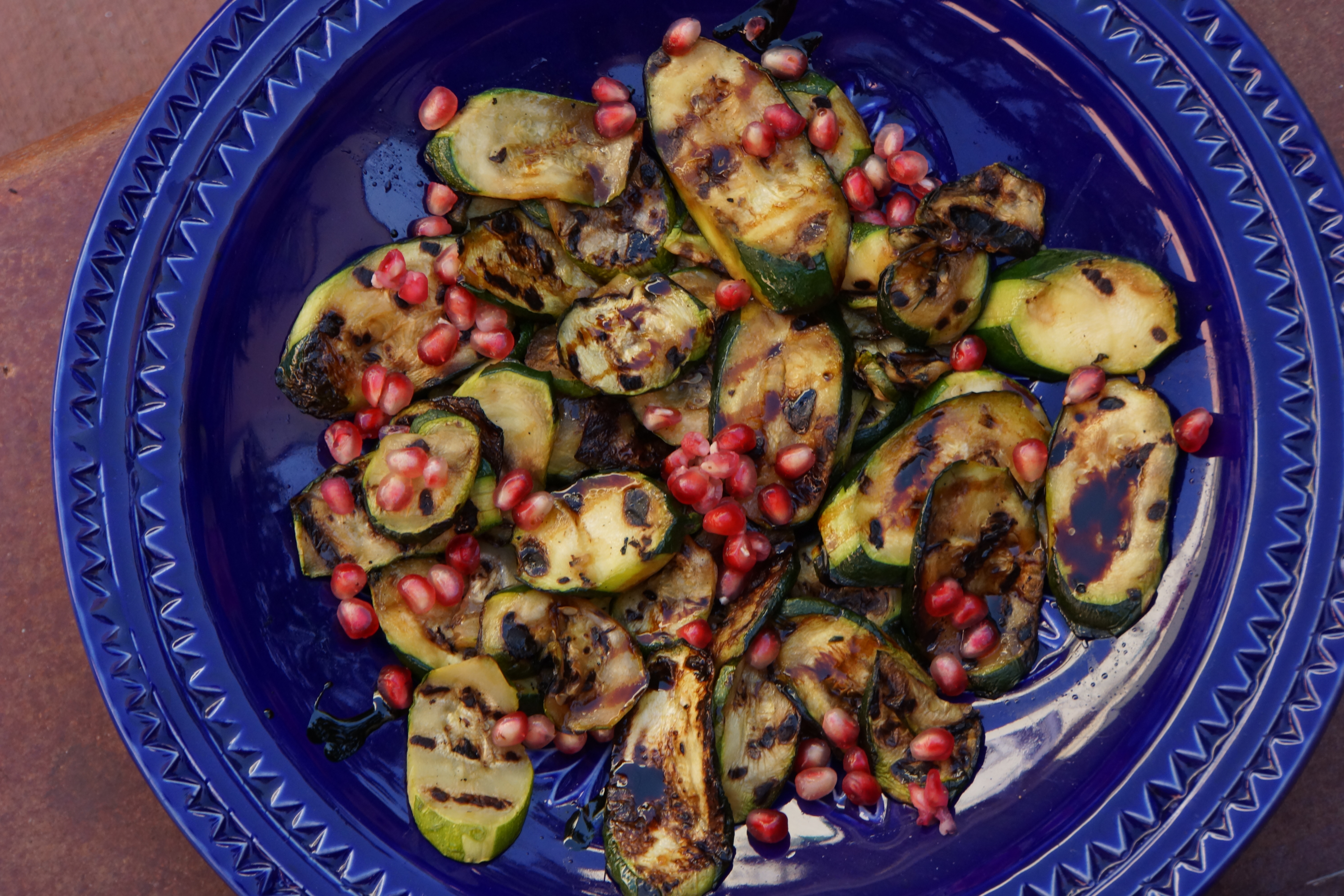This is one of those typical Moroccan dishes that combine meat (lamb) with dried fruit. If you’ve never eaten this type of stew, it is far more sophisticated than simply lamb with fruit.
The fork tender lamb is cooked in a sauce loaded with spices, and each bite reveals a glorious blend of sweet and savory and subtle but complex flavors. There is sweet from the fruit, heat from the Aleppo pepper and ginger and magic from the Ras el Hanout.
The word “tagine” actually refers to both an earthenware dish with a conical lid and the stew itself. I admit I actually bought a tagine but that I still haven’t used it. (I will get to it and keep you posted.) The unique feature of the tagine is the conical lid which allows moisture to slowly drip down into the stew.
I used a Dutch oven for this recipe. To replicate the effect of the tagine lid, I crumpled a sheet of parchment paper and placed it directly on the surface of the stew to maintain the moisture.

Bordallo Pinheiro Majolica

Add the onions and garlic and cook for 2-3 minutes.

Add ginger, ground cinnamon, turmeric, cumin, paprika, Aleppo pepper, Ras el Hanout and Moroccan spice mixture. Make sure the spices are evenly distributed. Add the lamb, coating all spices with the onions and spices.

Add canned tomatoes breaking them up as you add them. Add the liquid from the canned tomatoes and the cinnamon sticks.
LAMB TAGINE WITH APRICOTS AND PRUNES
EVENT: Moroccan Feast
SERVES: 8-10 People
Ingredients
4 lb boneless leg of lamb, excess fat removed and cut into 1 ½ – 2” pieces
32 dried apricots soaked in 2 cups water for at least 2 hours *
3 tablespoons grape seed or neutral oil (more as needed)
3 cloves garlic, crushed
2 large onions, chopped (approximately 3 cups)
1 ½ tablespoons ground ginger
2 teaspoons ground cinnamon
1 tablespoon ground turmeric
1 teaspoon ground cumin
1 ½ teaspoon Hungarian paprika
½ teaspoon Aleppo pepper
2 tablespoon Ras el Hanout (available at my Amazon Affiliate Store)
2 sticks cinnamon
1 28-oz. can tomatoes *
1 cup prunes cut in bite size pieces *
Salt to taste
Fresh chopped cilantro to serve
Equipment
6-quart Dutch oven
Parchment paper
Directions
1. Preheat oven to 325 degrees.
2. Drain the apricots and reserve the soaking liquid.
3. In a 6-quart Dutch oven or other heavy pot with a lid, heat the oil over medium heat.
4. Add the onions and garlic and cook for 2-3 minutes.
5. Add ginger, ground cinnamon, turmeric, cumin, paprika, Aleppo pepper, Ras el Hanout and Moroccan spice mixture. Make sure the spices are evenly distributed. Add the lamb, coating all spices with the onions and spices.
6. Add ¾ cup of the reserved apricot water.
7. Add canned tomatoes breaking them up as you add them.
8. Add the liquid from the canned tomatoes and the cinnamon sticks.
9. Gently mix thoroughly.
10. Crumple a 12” length of parchment paper. Place paper directly on the surface of the stew, allowing the ends to come up the sides of the pot.
11. Place lid on pot and put in oven.
12. After 1 hour, add the apricots and prunes. Taste for salt and cook an additional hour covered. The lamb should be fork tender. Test again for salt. Allow it to cool completely, the store covered in refrigerator, up to 2 days ahead.
13. The day of the party, remove the tagine from the refrigerator. Any excess fat will have solidified on the top. Carefully remove it with a slotted spoon.
14. Allow the tagine to come to room temperature and reheat in 350-degree oven or on stovetop on medium low heat.
To serve: Top with generous amount of chopped cilantro. Serve over couscous or basmati rice.
* A NOTE: I purchase the dried apricots and prunes, as well as canned tomatoes, at Costco.










































